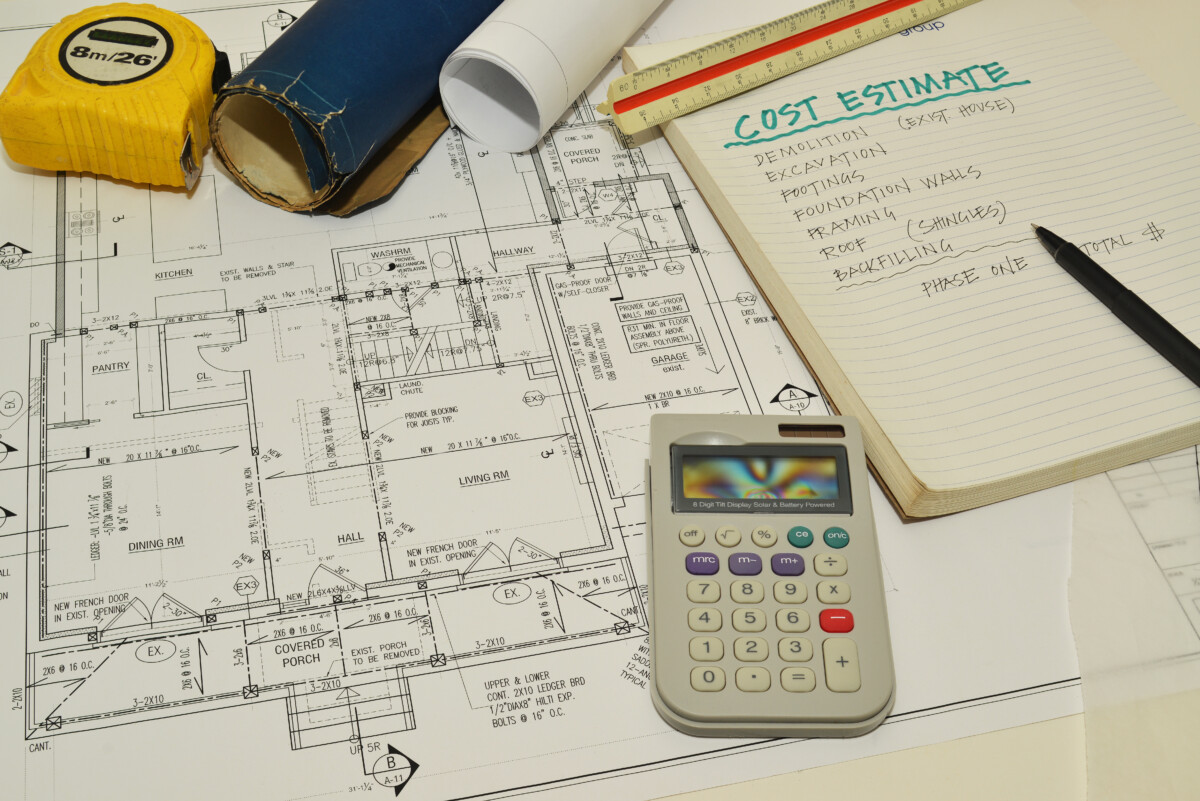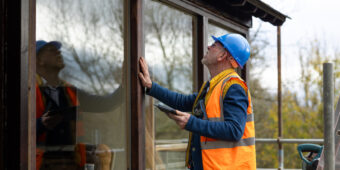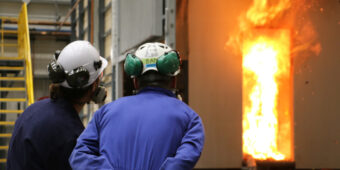Construction costs on the up
20 Dec 2021, Building and housing, Industry News, News

Construction costs are increasing at the fastest rate they have in three years, spurred on by record consent numbers and a supply chain squeeze
Construction costs rose by 1.6% in the three months to September 2021, according to the quarterly Cordell Construction Cost Index (CCCI) report.
Annually, costs were up by 5.5% in the 12 months to Q3 2021 – the fastest increase since Q1 2018. Data presented by the CCCI shows that cladding and structural timber price increases played a key role in the overall cost rise.
Supply chain disruptions and material shortages were also to blame, the report said.
On the ground
In November 2021, David Hale Building owner David Hale told Under Construction he’s seeing costs go up by as much as 50%.
“A 1.5% price increase in construction sounds really low as an estimate. We’ve had more price increase in the last six months than the last few years! It’s really bad. Cedar wood used to cost me $15-20 per metre, now I’m paying $34 a metre for it.
“We used to get timber for $3 a meter, now we have to buy it at $4. Our margins are 5-10% and if that goes up, you’re out of pocket on fixed price jobs. I’m working through our pricing for 30 townhouses that we’re due to start in April 2022 and I don’t even know how to price them!”
No sign of slowing down
Kelvin Davidson, CoreLogic NZ’s Chief Property Economist, said factors such as investors being highly incentivised to buy new-build properties will ensure price increases get worse before they get better.
“These tailwinds for new-build demand have all come at a time when we can’t import more skilled labour, so it’s a bit of a perfect storm, and will likely help to sustain some upwards pressure on construction costs.”
Davidson added that anecdotal evidence suggests disruption to supply chains caused be lockdowns will continue into 2022, which will keep material costs high.
Cedar and timber aren’t the only products in short supply, with the effects of Covid-19 slashing global steel production by as much as 30% according to an estimated from a Fitch Ratings report.
Industry leaders have issued concerns about the impacts of a restricted steel supply.
“This could affect the entire country, as most jobs rely on reinforcing steel and mesh,” Building Industry Federation chief executive Julien Leys told the NZ Herald.
A perfect storm
Rising construction costs and reduced supply come at a time when tradies are already under pressure to complete jobs and start the next one due to a record number of home building consents issued.
Per Stats NZ, 47,715 new home consents issued in the year ending October 2021 – a 26% rise from the previous October year.
Every single region saw a rise in new dwellings consented in the year ending October 2021. Consent increases were particularly prominent in Canterbury (up 31%), Auckland (up 27%) and Waikato (up 23%).
Response from councils
Most councils around New Zealand are operating at ‘business as usual’ when it comes to substitutions.
Wellington City Council, Selwyn District Council, Taupō District Council and New Plymouth Council confirmed to Under Construction that builders should follow normal process if they want to substitute materials.
However, Auckland Council has expanded its scope of allowed swaps to include timber framing to steel framing, some cladding types and concrete tiles to metal roofing, or vice versa.
Register to earn LBP Points Sign in



